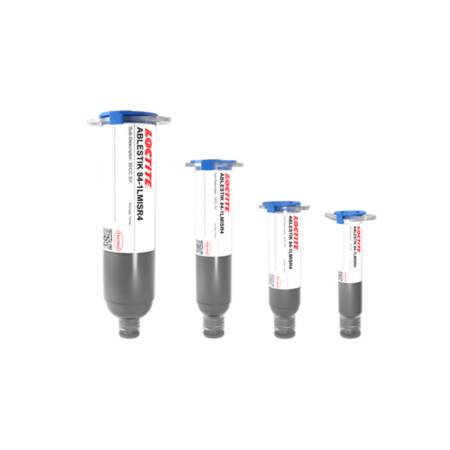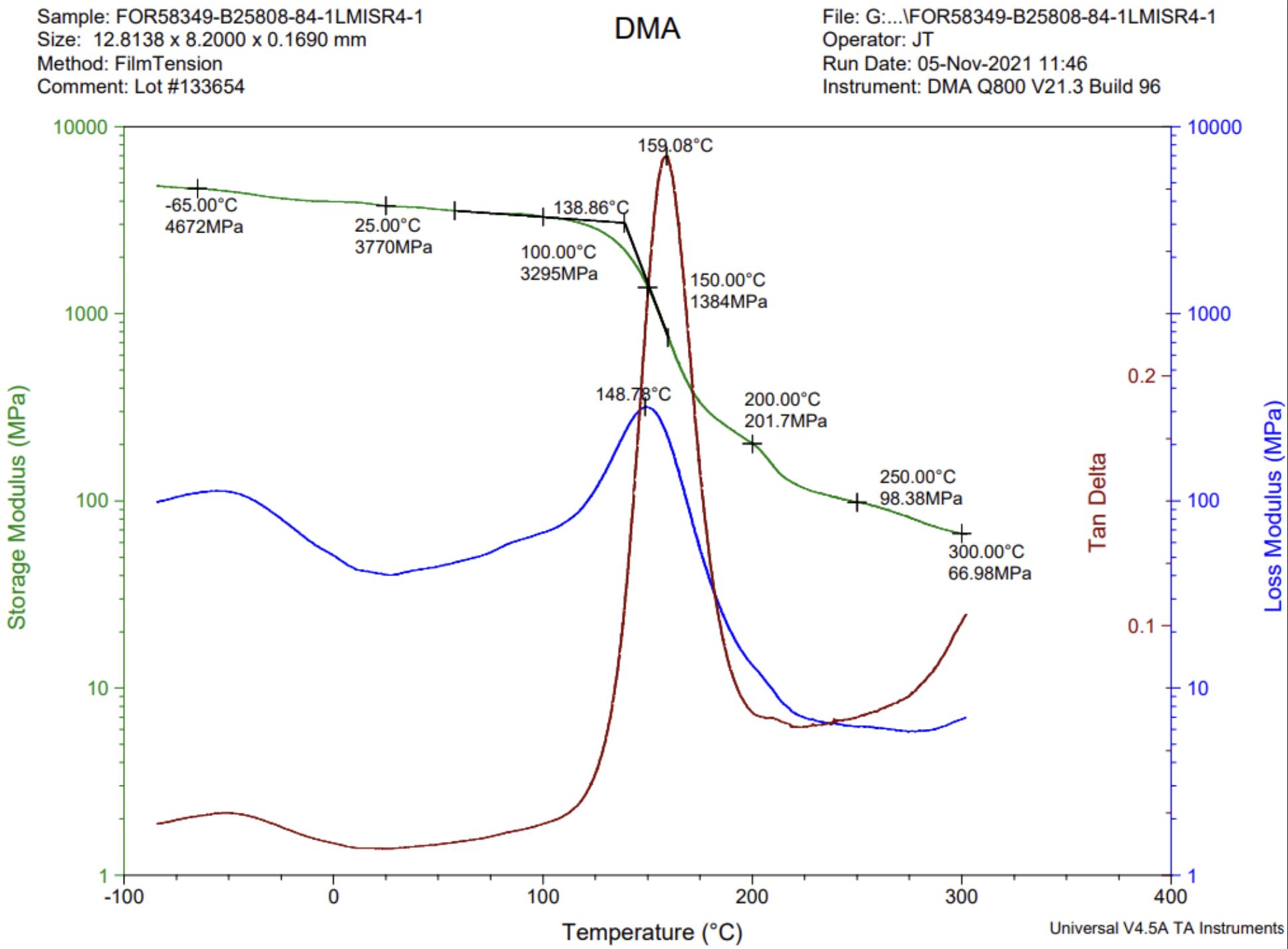LOCTITE ABLESTIK 84-1LMISR4
- Excellent dispense capabilities
- Stencil printable
- Bare Copper Substrate
Product Description
LOCTITE ABLESTIK 84-1LMISR4 electrically conductive, halogen free, die attach adhesive has been formulated for use in high throughput, automated die attach equipment. The rheology of ABLESTIK 84-1LMISR4 adhesive allows minimum adhesive dispense and die put down dwell times, without tailing or stringing problems.
LOCTITE ABLESTIK 84-1LMISR4 is a manufacturer's product of choice, can be used for LED applications and like most epoxies it is suitable for bare Copper substrates and small die sizes. Interested in higher conductivity? Then you might want to consider 8060T or even 8064T for larger dies.
LOCTITE ABLESTIK 84-1LMISR4 can be applied by stamping, stencil or dispensing and it should present sufficient stiffness to allow wire bonding. Its unique combination of adhesive properties makes this material one of the most widely used die attach materials in the semiconductor industry.
Cure Schedule
- 1 hour @ 175°C
Technical Specifications
| General Properties | |||||||||||
| Density (g) | 3.5 g/cm3 | ||||||||||
| Work life @25°C Work life @25°C Work life is the amount of time we have to work with a material until it is no longer able to be easily worked and applied on a substrate. It is based on the change in viscosity and it can rely on the application requirements. | 18 hours | ||||||||||
| |||||||||||
| Physical Properties | |||||||||||
| Thixotropic index Thixotropic index Thixotropic Index is a ratio of a material s viscosity at two different speeds in Ambient temperature, generally different by a factor of ten. A thixotropic material s viscosity will decrease as agitation or pressure is increased. It indicates the capability of a material to hold its shape. Mayonnaise is a great example of this. It holds its shape very well, but when a shear stress is applied, the material easily spreads. It helps in choosing a material in accordance to the application, dispense method and viscosity of a material. | 5.6 | ||||||||||
| Viscosity Viscosity Viscosity is a measurement of a fluid’s resistance to flow. Viscosity is commonly measured in centiPoise (cP). One cP is defined as the viscosity of water and all other viscosities are derived from this base. MPa is another common unit with a 1:1 conversion to cP. A product like honey would have a much higher viscosity -around 10,000 cPs- compared to water. As a result, honey would flow much slower out of a tipped glass than water would. The viscosity of a material can be decreased with an increase in temperature in order to better suit an application | 8,000 mPa.s | ||||||||||
| Chemical Properties | |||||||||||
| |||||||||||
| Moisture absorption | 0.6 % | ||||||||||
| Water Extract Conductivity | ≤2.0 Ohm | ||||||||||
| Mechanical Properties | |||||||||||
| |||||||||||
| |||||||||||
| Thermal Properties | |||||||||||
| |||||||||||
| Glass Transition Temperature (Tg) Glass Transition Temperature (Tg) The glass transition temperature for organic adhesives is a temperature region where the polymers change from glassy and brittle to soft and rubbery. Increasing the temperature further continues the softening process as the viscosity drops too. Temperatures between the glass transition temperature and below the decomposition point of the adhesive are the best region for bonding. The glass-transition temperature Tg of a material characterizes the range of temperatures over which this glass transition occurs. | 120 °C | ||||||||||
| Specific Heat Capacity Specific Heat Capacity Specific heat capacity is the amount of heat energy required to raise the temperature of a substance per unit of mass. The specific heat capacity of a material is a physical property. It is also an example of an extensive property since its value is proportional to the size of the system being examined. | 0.7 J/(g⋅°C) | ||||||||||
| Thermal Conductivity Thermal Conductivity Thermal conductivity describes the ability of a material to conduct heat. It is required by power packages in order to dissipate heat and maintain stable electrical performance. Thermal conductivity units are [W/(m K)] in the SI system and [Btu/(hr ft °F)] in the Imperial system. | 2.5 W/m.K | ||||||||||
Additional Information
DMA Curve of 84-1LMISR4
Can I cure 84-1LMISR4 at 120°C?
We have been discussing the possibility to cure 84-1LMISR4 at 120 °C with multiple Henkel applications engineers and we do not recommend this approach as it is very risky. The official Henkel recommendation is a minimum cure temperature of 125 °C.
We fear that a combination of an SR4 batch with relatively low reactivity (but within spec), and a cool spot in the curing oven might occasionally fail to “kick-off” the curing reaction.
The syringe size limits me due to the pot life. What can I do?
If you are worried about waste because the equipment can only use X grams of glue in an 8-hour shift, then it may be possible to buy some empty syringes/piston kits from Nordsen/EFD and transfer part of the adhesive from the larger syringe into an empty syringe. It requires a “tip-to-tip” adaptor (which can be washed & re-used), an airline with a regulator, and takes only a couple of minutes. This way you can "ration" the product without too much waste.





